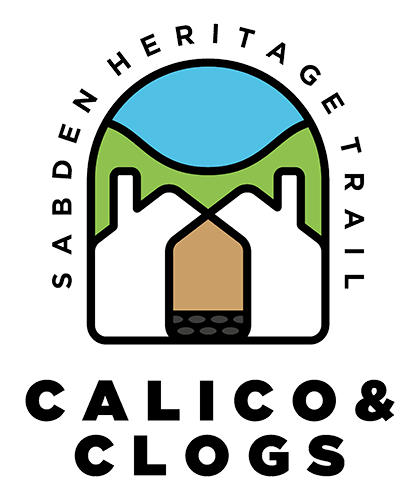Richard Cobden's firm, Sheriff and Gillet built Dial Row in 1837 and the plan was to give certain members of the workforce the chance to buy their own homes so that they could improve their social position. The houses were more roomy and substantial than the workers cottages built earlier.
The firm put up the money to build the houses and then counted the rent paid for them as instalments to purchase the properties charging 5% in interest. The first householders were managers or foremen at the printworks and many were committed members of the Baptist Church.
In this way, several men became householders who would otherwise have paid rent all their lives and they were then able to save money and enable their families to live in more comfortable circumstances. Around that time and for many years previously, almost every house in the village took in lodgers. In some instances, some of the beds were scarcely ever empty. This was before the days of the Factory Acts and most of the hands were employed on "twelve hour shifts". Those men who worked from noon to 12 at night would get back to the house weary and worn out to get into beds which had only just been vacated by the men who were due to start work at midnight.
Added to these hardships was the walk to and from such adjoining places as Sabden Hall (Sabden Fold), Padiham, Read, Whalley or Clitheroe and Mr. John Taylor, the manager of the works, is reported to have heard the valley sometimes re-echo at midnight with the singing of the workmen from Padiham as the two relays met at the top of Black Hill.
The sundial that gives Dial Row it's name cost 4s - 2d (21p in today's money).
